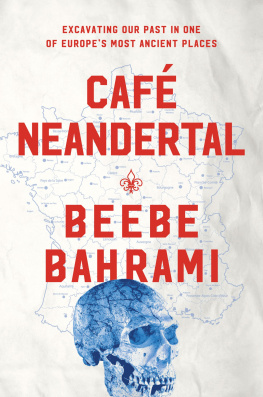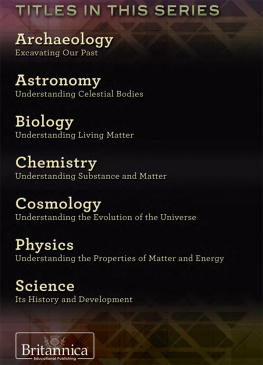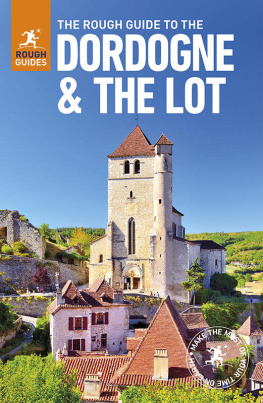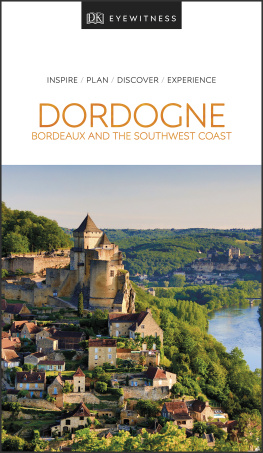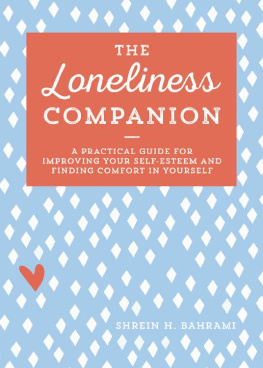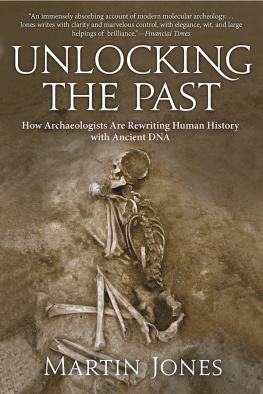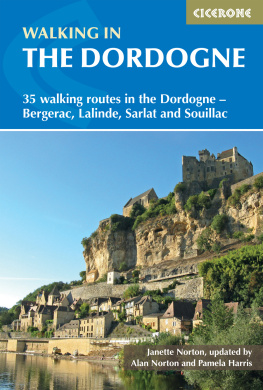



Copyright 2017 Beebe Bahrami
All rights reserved under International and Pan-American Copyright Conventions. No part of this book may be used or reproduced in any manner whatsoever without written permission from the publisher, except in the case of brief quotations embodied in critical articles and reviews.
Library of Congress Cataloging-in-Publication data is available.
Cover design by Faceout Studios
Interior design by Neuwirth & Associates, Inc.
eISBN 978-1-6190-2770-1
COUNTERPOINT
2560 Ninth Street, Suite 318
Berkeley, CA 94710
www.counterpointpress.com
Printed in the United States of America
Distributed by Publishers Group West
10 9 8 7 6 5 4 3 2 1
CONTENTS

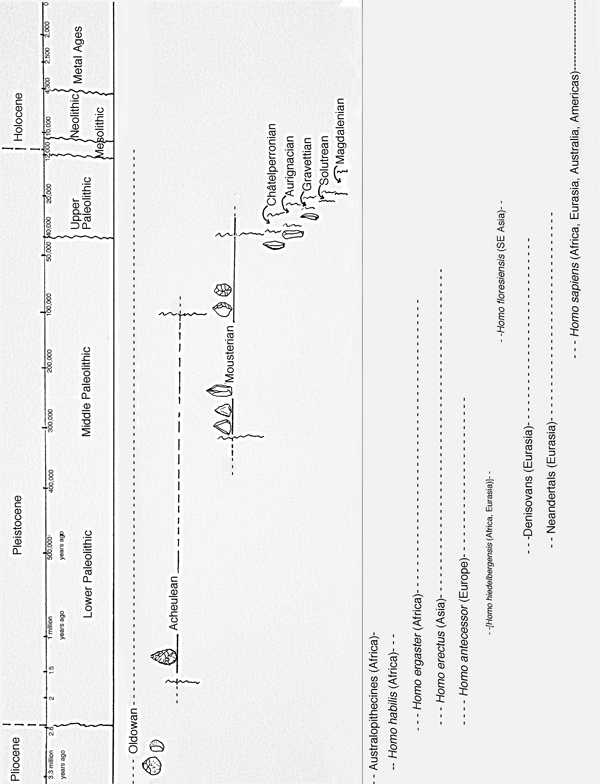
AUTHORS NOTE
W ITH SUCH A complex topic, involving so many people and places, past and present, I have made every effort to be meticulously accurate. If any errors have made their way in, they are wholly unintended. Also, at times I had to sacrifice the chronology of certain encounters to forefront clarity and present the wholeness and integrity of each chapters topic. The events here cover the period from 2010 to 2015. The main dig featured, at La Ferrassie, went for five years, from 2010 to 2014. The summer after, in 2015, the key researchers met in Carsac to discuss the findings and possible interpretations based on the current body of evidence. That year I also did some long-distance trekking across southwestern France and northern Spain and visited other Neandertal sites. In all, I have remained true to the knowledge and experience of the encounters described herein. And lastly, I spell Neandertal without an h for a very particular reason, which I explain two-thirds of the way in. If you really want to know why before then, there is no harm in flipping ahead to find out.
1
T HE L A F ERRASSIE S EVEN

S EVEN BODIES LAY scattered across the cave floor like leaves in the wind. Some were missing limbs or parts of their torsos or craniums. Ones detached head had rolled a few feet away. Standing at the mouth of the cave, I made out the first body in the haphazard line of corpses beginning directly in front of my line of vision. There lay a large man in his forties. His lifeless arms and legs were folded in toward his body as if, in his last moments, he had been trying to keep warm. To the left of where he lay was a similarly positioned person, a woman in her late twenties or early thirties. Scanning to the right from both were the remaining five, all children, splayed helter-skelter, two not far from the man, one a little farther away, and the last separated from them all at the opposite end of the cave. The two oldest children had been ages ten and three. The remaining three were infants eight months and younger.
Even though this was a cold case, one that I was reconstructing from black-and-white photos while the actual bodies were now in a lab in Paris, it was hard not to feel the visceral presence of these seven. I immediately connected to their humanity through what I imagined were their emotions in their last moments of life. My thoughts burned with a single question. What had happened to them?
A comforting breeze picked up, evaporating the beads of sweat that gathered on my brow and rustling the leaves of the oak and hazel forest overhead. I looked up to take in the whole rock shelf under which the bodies had been found. It was hidden in the depth of a quiet forest on a remote hillside in an unindustrialized part of southwestern France. Cell phone reception was impossible. It was hardly an ideal spot for an emergency.
But everyone was here today, milling busily about, each focused on answering the same question. Investigators, crew, and local volunteers knowledgeable about the land and geography all worked within the large rock shelf, excavating, gathering samples, and looking for clues.
I watched mesmerized as one of the team of specialists, a veteran geologist, stared at the rock face for several long and considered moments as if he were seeing a movie play out on its surface. He next walked to a pile of just-dug-up dirt and pinched a bit from the top. He closed his eyes and rubbed the soil between his fingers, sensing something esoteric but material in the earth. He then held the soil up to his nose and like a master sommelier explored the bouquet. At last he opened his eyes and held the soil under the magnifying glass hanging around his neck to confirm or negate what hed already learned from his own senses. He then casually returned the pinch back to its bucket and moved on to his next interrogation, carefully viewing, touching, and smelling rocks and dirt across our excavation zone. Was it more sand than clay? Did it have certain telltale minerals, burnt bits, bone? Did it belong more to one layer than another?
His answers would begin the most important foundational work of understanding the events that this earth had undergone by both natural and human causes. His presence marked a new science and the difference between the current team and those who had investigated here in the past. This team drew from a very diverse mix of specialists from across the sciences and across the world, bringing the best of knowledge and techniques to re-create the human and natural context in which these seven had lived, and died.
We even had a film crew, a two-person team that worked at the perimeter and wove in and out between the investigators, documenting every moment and every piece of unearthed evidence. They focused on paleoanthropologist Jean-Jacques Hublin, director of the Max Planck Institutes department of human evolution in Leipzig, Germany, who was visiting for the week. The lens zeroed in on his infectious broad smile and what he held in his right hand.
While the team already had been here for five dig seasons over five years, today, during the last two weeks of the fifth and last season, three paleoanthropologistsIsabelle Crevecoeur from Bordeaux, Asier Gmez-Olivencia from Bilbao, and Antoine Balzeau from Parisfound something of significance to the cold case. They had just reopened the original hole where the three-year-old child had been found, hoping to find more of the childs incomplete skeleton. Instead, they found an adult molar, and that in a part of the cave where no adults had ever been found, only children. It didnt seem likely that the tooth was associated with the two adults over fifteen meters away in a part of the cave where it seemed unlikely that it would have arrived by natural processes. A new question surfaced. Was another adult buried nearby, perhaps under all the rockfall that still had to be cleared away from deeper in the cave?
The camera rolled. Filmmaker Sophie Cattoire checked the lensing before asking her first question. Celebrated in the region for her talent and skill in bringing out the local life of the southwestespecially the personalities behind its prehistoryshe and her partner both in life and in profession, Vincent Lesbros, were behind the film company Ferrassie TVnamed after where we worked, the site of La Ferrassie. Today, against the sauna-like summer heat, she wore a low-cut dark blue spaghetti-strap top and had piled her long, flaming red hair atop her head, accentuated further by the cherry-toned lipstick that she pulled off with the easy elegance so common among French women.
Next page
